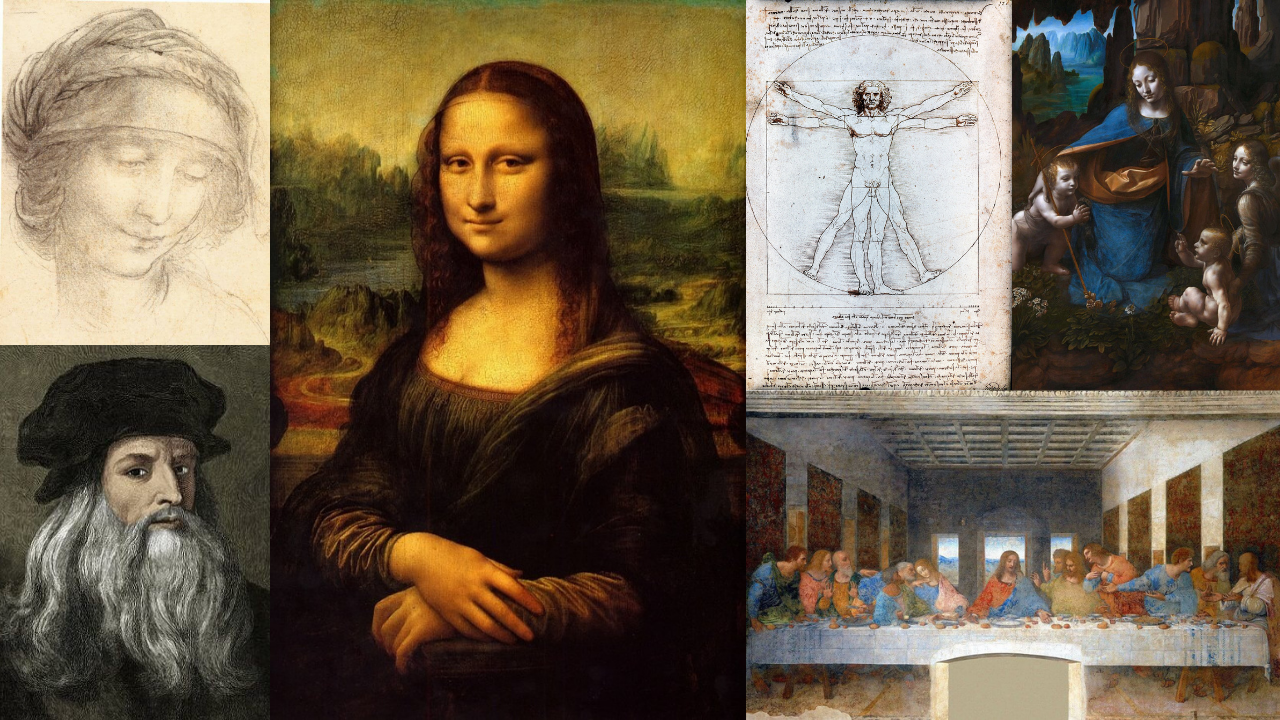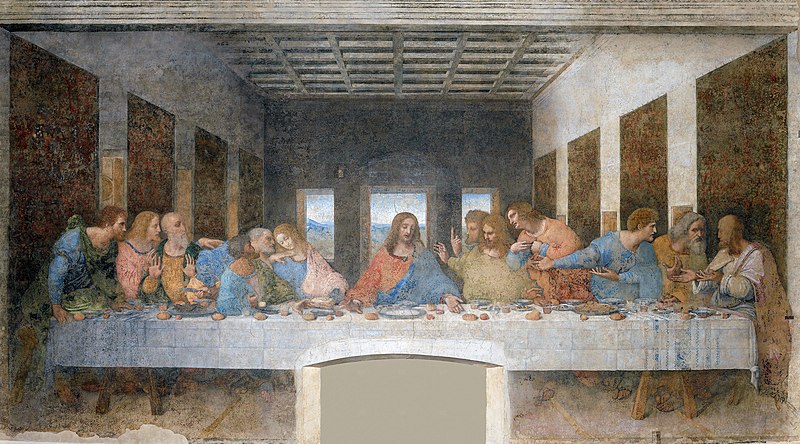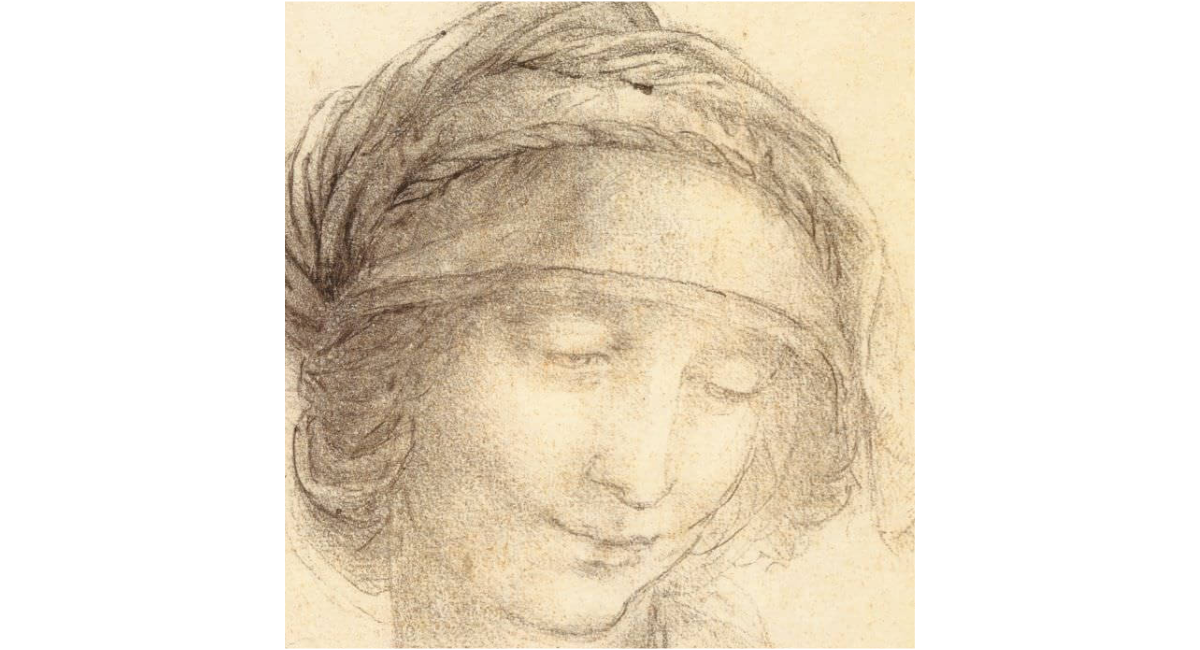The Final Insights into Unlocking Your Potential from a Renaissance Master
Leonardo da Vinci (1452-1519) is the exemplar of the Master. As a polymath, he made discoveries in multiple fields. As an artist, he created some of the greatest masterpieces of the High Renaissance. And the life he lived left behind remarkable insights that we can still use today. These insights allow us to learn more, do more, and be more.
In Part 1 and Part 2, we examined the lessons Leonardo da Vinci gave us about building powerful learning habits and supporting those activities by keeping us healthy and productive.
In Part 3, we find the final skills that bring everything together. With our previous lessons in place, these crowning meta-skills elevate that life of learning into a life of making the most out of all that effort.
1. Become an Autodidact
An autodidact is someone who is self-taught. And Leonardo was, above all, an autodidact.
But teaching yourself is about more than reading books or listening to podcasts about topics you are interested in — although it certainly includes that, too. When you take on the responsibility of your own education, it also means putting in the time and effort to seek out a more complete understanding of topics, dealing with the major questions of the field, and finding high quality resources.
In short, being an autodidact means putting effort and clear thinking into your personal studies. Leonardo learned Latin to be able to engage with the science and mathematics of his day — that’s a considerable effort, and it was a strategic choice, unlocking access to a great deal more work in a field he was interested in.

It has never been easier to give yourself a world-class education for free. Universities like Yale and MIT provide courses for free online, not to mention resources like Khan Academy and SmartHistory. Combined with the enormous amount of video and audio content created and presented for free (or inexpensively) by experts in every conceivable field, we are living the golden age of the autodidact.
2. Learning Takes Time
When we are excited about a topic, we can devour a lot of information in a short amount of time. And there is some wisdom in making the most of this first burst of energy. After all, we’ll never gain understanding as quickly as in those first weeks of study.
But learning doesn’t just come in bursts. And a deep understanding of a topic and mastery of a skill takes time.

Leonardo knew that mastery requires long-term engagement. He carried around the Mona Lisa for years, even painting over what he’d done to start fresh with all the new things he’d gathered about his art.
“If we want to be more like Leonardo, we have to be fearless about changing our minds based on new information.”
― Walter Isaacson
A major element of this is humility. While we might be convinced about a certain idea or interpretation of a subject early on, we’re still early on in our study. Keeping an open mind helps us to keep learning over the long haul.
3. Excellence Is a Team Sport
Knowledge is something created and shared, collected and reinterpreted, added to, and taken from. And when we fail to engage this social aspect, we limit ourselves and each other.
As we saw in part 1, Leonardo most probably helped his mentor, Andrea del Verrocchio, paint some of the details in Verrocchio’s masterpiece Baptism of Christ. For Leonardo, too, some of his remarkable achievements came with the help of assistants — like the London Virgin of the Rocks (there are two paintings of this name by Leonardo, one is in the Louvre, one in the National Gallery, London. Especially for the latter, Leonardo seems to have employed assistants).

In addition, Leonardo kept contact with experts in many fields, reaching out to them when he needed help with a new interest of his. And he seemed to have been a very generous person, sharing insights and supporting fellow artists.
But this is one lesson where we can also use Leonardo as a counterexample.
His notebooks were rich with insights and discoveries that were centuries ahead of their time. But humanity largely didn’t benefit from them, because Leonardo rarely thought to share what he’d figured out. How much progress could have been made if this knowledge were shared?
4. Get It Done
What is the point of mastering something if we never get started on the masterpieces of our lives? And the time to do so is now – there is no time like the present to develop and make use of our talents.
I have been impressed with the urgency of doing. Knowing is not enough; we must apply. Being willing is not enough; we must do. ”
– Leonardo da Vinci
When the seed of inspiration is gardened with learned hands in well-tended soil, what beautiful things can flower. But if these three never come together, life is a barren field.
Learn Like Leonardo
When we see the example of Leonardo, we cannot help but ask, “Can I live this way — so alive, so engaged, so aware, and so captivated by the world around me?” Looking at the major lessons from Leonardo’s life we covered in this series, a few compelling themes seem to keep arising:
When we allow curiosity to lead, we ensure that we always engage in things that we happily give ourselves fully over to — which is when we all do our best work, if the fun to be had can be called work at all. Putting our curiosity in the driver’s seat and staying observant for new interests stokes the fire in our belly.
“Leonardo’s relentless curiosity and experimentation should remind us of the importance of instilling, in both ourselves and our children, not just received knowledge but a willingness to question it — to be imaginative and, like talented misfits and rebels in any era, to think different.”
— Walter Isaacson
But it isn’t enough to bounce around from one topic to another. We need to support these pings of curiosity with habits that keep us progressing. A plan of study ensures the knowledge we gather builds toward something, and the notebook, filled with to-do lists and sketches, takes full advantage of our time to follow through on this plan.
By balancing the creative and the technical, we make sure that our inputs aren’t one-sided. We don’t get a myopic view of the world and of human life. Instead, we sharpen the blade of reason and continually fill the cup of the soul.
And in all this, we must take time to make sure our ultimate foundation — the body — is in good working order. It’s a simple but necessary component made up of eating the right food, getting regular activity, saying “no” to the things that drain us, and taking needed breaks. This emphasis on what today we might call self-care no doubt informs the sacred understanding of the human body that Leonardo helped us see in works like The Vitruvian Man (ca. 1490).

The ultimate lessons of Leonardo, then, are something like this:
- Take your life into your own hands. Don’t leave it up to anyone else.
- Balance the creative and the technical, the artistic and the scientific.
- Take care of yourself.
- Follow and support your curiosity — keep an open mindset. Or, in other words, become a lifelong learner.



